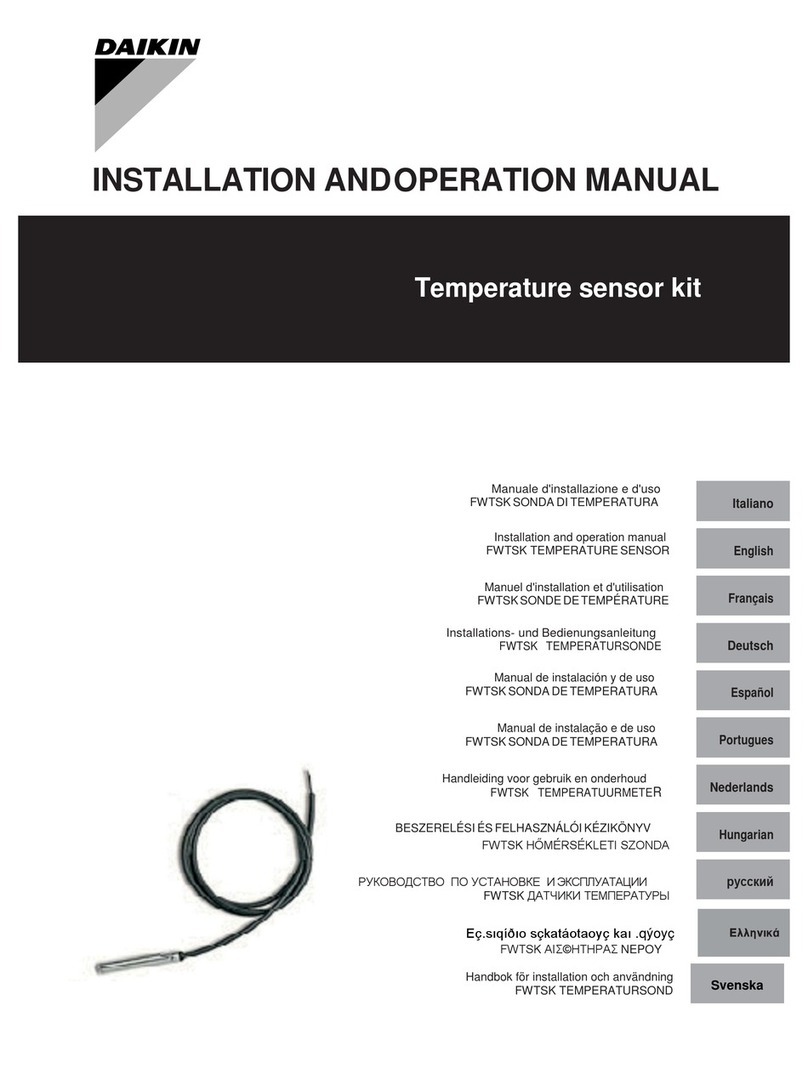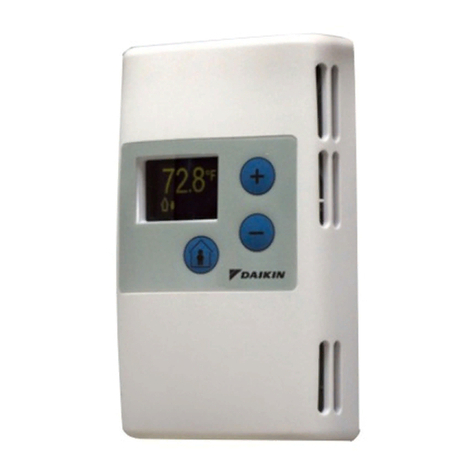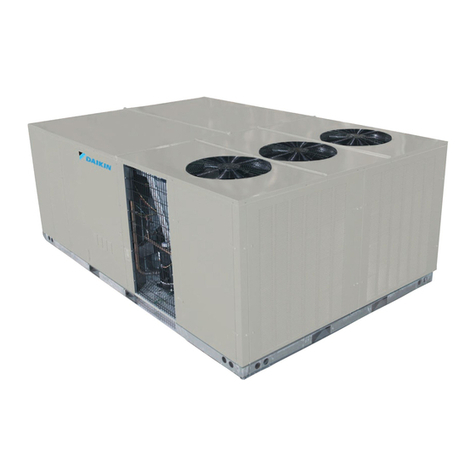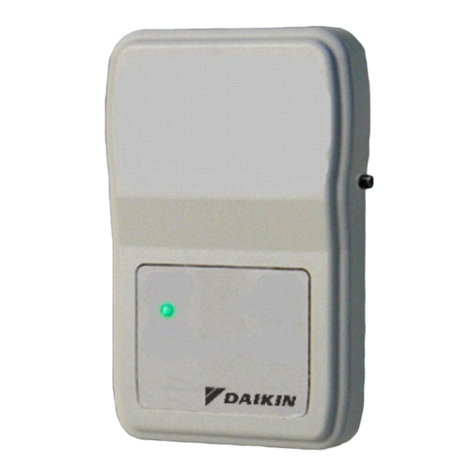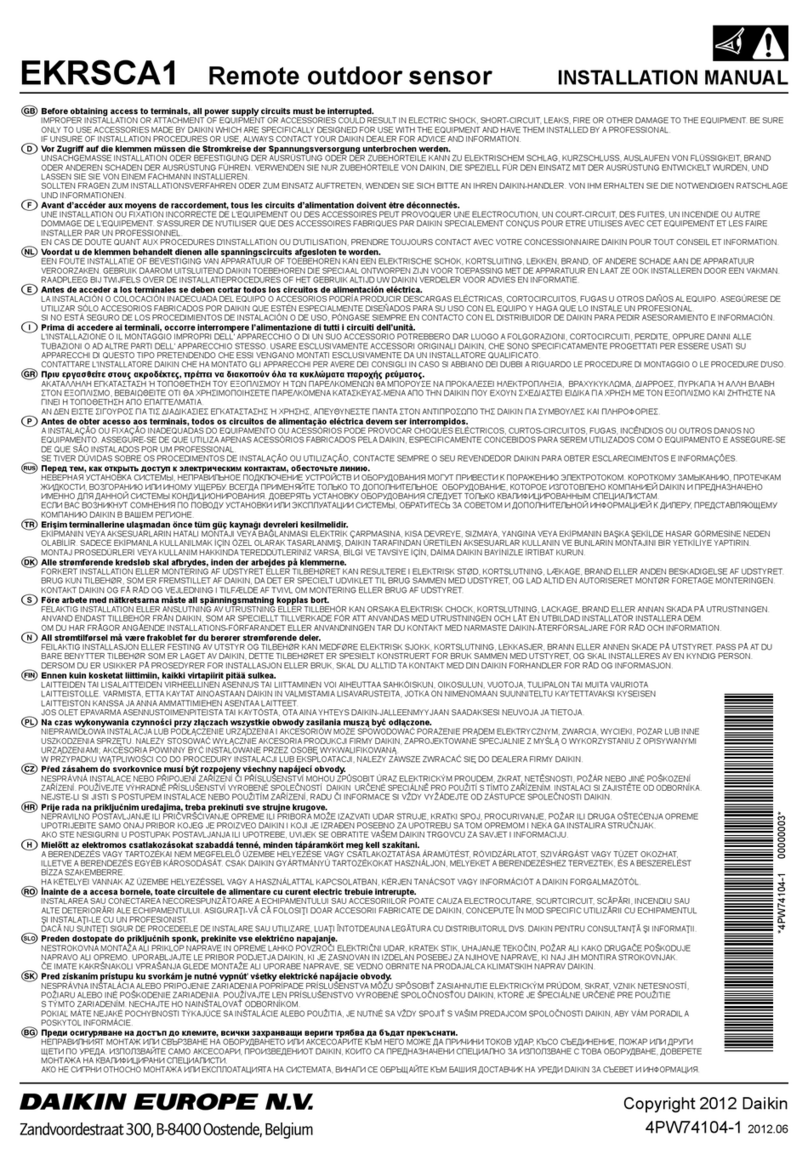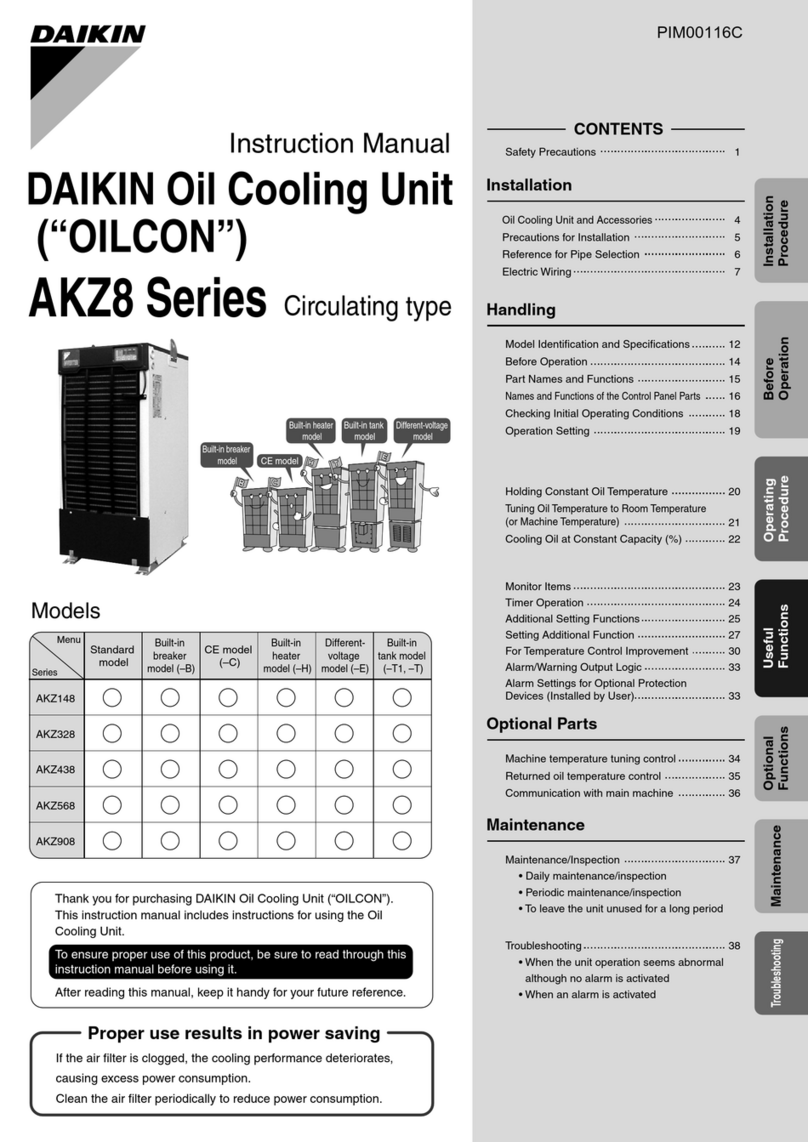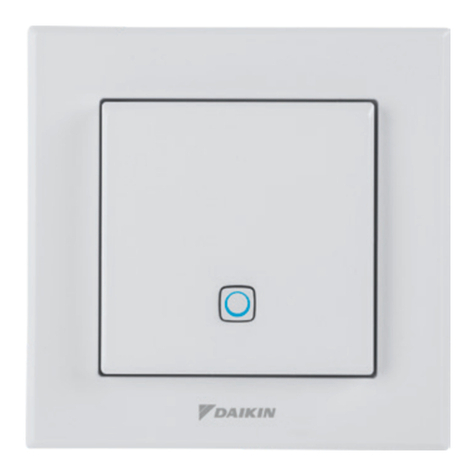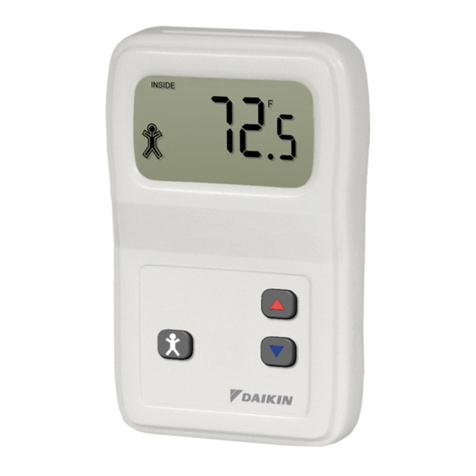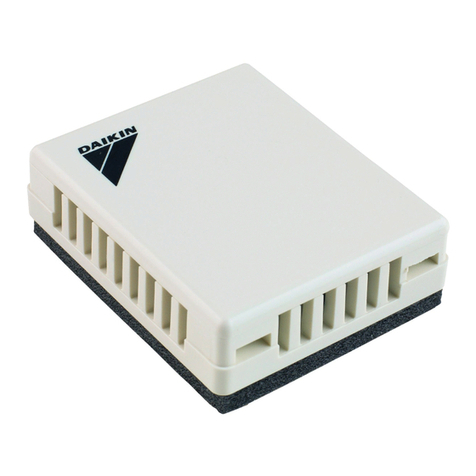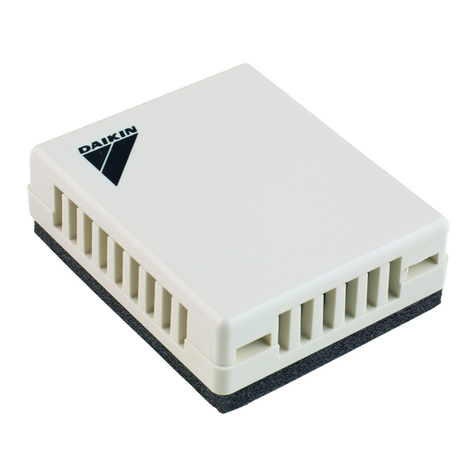
6
Obtain from:
American National Standards Institute
www.ansi.org
System design and installation should also, where
applicable, follow information presented in accepted
industry guides such as the ASHRAE Handbooks. The
manufacturer assumes no responsibility for equipment
installed in violation of any code or regulation. The
mechanical installation of the packaged roof top units
consists of making nal connections between the unit and
building services; supply and return duct connections; and
drain connections (if required). The internal systems of
the unit are completely factory-installed and tested prior to
shipment.
Units are generally installed on a steel roof mounting
curb assembly which has been shipped to the job site for
installation on the roof structure prior to the arrival of the
unit. The model number shown on the unit’s identication
plate identies the various components of the unit such as
refrigeration tonnage, heating input and voltage.
Carefully inspect the unit for damage including damage
to the cabinetry. Any bolts or screws which may have
loosened in transit must be re-tightened.
In the event of damage, the receiver should:
1. Make notation on delivery receipt of any visible
damage to shipment or container.
2. Notify carrier promptly and request an inspection.
3. In case of concealed damage, carrier should be
notied as soon as possible-preferably within 5 days.
4. File the claim with the following supporting
documents:
a. Original Bill of Lading, certied copy, or
indemnity bond.
b. Original paid freight bill or indemnity in lieu
thereof.
c. Original invoice or certied copy thereof,
showing trade and other discounts or
reductions.
d. Copy of the inspection report issued by carrier
representative at the time damage is reported to
the carrier. The carrier is responsible for making
prompt inspection of damage and for a thorough
investigation of each claim. The distributor
or manufacturer will not accept claims from
dealers for transportation damage.
Carefully read all instructions for the installation prior
to installing unit. Ensure each step or procedure is
understood and any special considerations are taken into
account before starting installation. Assemble all tools,
hardware and supplies needed to complete the installation.
Some items may need to be purchased locally.
Unit should be energized 24 hours
prior to compressor start up to ensure crankcase
heater has sufficiently warmed the compressors.
Compressor damage may occur if this step is not
followed.
Proper installation of the unit ensures trouble-free
operation. Improper installation can result in problems
ranging from noisy operation to property or equipment
damages, dangerous conditions that could result in injury
or personal property damage and that are not covered by
the warranty. Give this booklet to the user and explain it’s
provisions. The user should retain these instructions for
future reference.
• For proper ame pattern within the heat exchanger
and proper condensate drainage, the unit must be
mounted level.
• The ue outlet must be at least 12 inches from any
opening through which ue gases could enter a
building, and at least three feet above any forced
air inlet located within ten feet. The economizer/
manual fresh air intake/motorized fresh air intake
and combustion air inlet mounted on the unit are not
aected by this restriction.
• To avoid possible corrosion of the heat exchanger,
do not locate the unit in an area where the outdoor
air (i.e. combustion air for the unit) will be frequently
contaminated by compounds containing chlorine
or uorine. Common sources of such compounds
include swimming pool chemicals and chlorine
bleaches, paint stripper, adhesives, paints, varnishes,
sealers, waxes (which are not yet dried) and solvents
used during construction and remodeling. Various
commercial and industrial processes may also be
sources of chlorine/uorine compounds.
• The unit shall not be connected to a chimney ue
serving a separate appliance designed to burn solid
fuel.
• To avoid possible illness or death of the building
occupants, do NOT locate outside air intake device
(economizer, manual fresh air intake, motorized fresh
air intake) too close to an exhaust outlet, gas vent
termination, or plumbing vent outlet. For specic
distances required, consult local codes.
